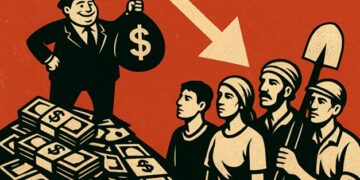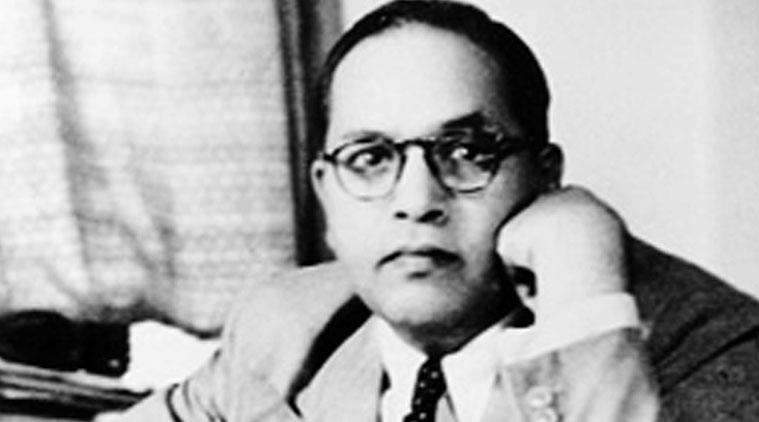In an era where attention spans are shorter than a TikTok clip, the Twitterfication of governance has become a phenomenon. Politicians, armed with smartphones and an inflated sense of self-importance, are now running governments, not from the halls of parliament or assemblies but from the chaos of social media. Whether it’s a policy announcement squished into 280 characters or an international spat playing out in public view, social media has redefined political discourse – and not necessarily for the better. More often than not for the worst meeting its ugliest ends.
The Rise of Social Media Statesmanship
Gone are the days when statesmanship required measured thought and careful articulation. Today, diplomacy is done with hashtags, and legislation is debated through viral memes. Leaders tweet and retweet, often bypassing traditional channels of governance and scrutiny. While this may appear as a democratization of information, what it often creates is a toxic cocktail of sensationalism, miscommunication, and bickering.
Consider the infamous spats between ruling and opposition party members, where Twitter becomes a digital wrestling ring. It’s not unusual for a leader’s tweet to spark outrage, rebuttals, and counterclaims – all in real-time. These interactions often serve no purpose other than generating headlines and likes, distracting from the real issues that require thoughtful deliberation and governance.
Social Media: From Transparency to Tumult
The argument often put forth by social media’s advocates in governance is that it increases transparency. Indeed, platforms like Twitter and Facebook allow politicians to communicate directly with citizens without the traditional filters of media outlets. However, this direct line of communication has its drawbacks.
- Misinformation and Half-truths:
A tweet announcing a new policy might oversimplify its nuances, leading to confusion or even panic. When decisions of national importance are shared in fragmentary tweets, it undermines the depth and seriousness that governance demands. - Polarization and Echo Chambers:
Politicians use social media to rally their base, often resorting to divisive rhetoric. This creates echo chambers, where supporters hear only what they want to hear, further entrenching political divides. - The Culture of Clutter:
The sheer volume of noise on social media makes it challenging to discern what’s significant. A minister’s crucial policy update can easily get lost between an influencer’s dance video and a celebrity’s pet post.
When Diplomacy Becomes Drama
International diplomacy, once a realm of discretion and decorum, has also fallen prey to social media theatrics. Take, for instance, instances where world leaders have engaged in online sparring. These public exchanges often resemble playground squabbles more than the deliberations of seasoned statesmen.
The implications are serious. When national leaders use social media for off-the-cuff remarks, they risk escalating tensions and derailing diplomatic efforts. In such cases, the immediacy of social media becomes a liability rather than an asset.
The Bickering Bonanza: Ruling vs. Opposition
Social media has also become the battlefield for ruling parties and their opposition counterparts. Instead of engaging in constructive debates, these interactions often degenerate into personal attacks and petty one-upmanship.
For example, an opposition leader might tweet a scathing critique of a government policy, only for a ruling party member to reply with a meme or an insult. This tit-for-tat exchange might generate retweets and headlines, but it rarely leads to meaningful dialogue or solutions.
The culture of bickering that social media fosters is not only unbecoming of elected representatives but also erodes public trust in the political process. Citizens look to their leaders for guidance and solutions, not for entertainment or drama.
Constructive Use of Social Media: The Road Less Tweeted
Social media, for all its flaws, is not inherently bad. When used thoughtfully, it can be a powerful tool for governance, transparency, and engagement. Here are some ways politicians can make constructive use of these platforms:
- Public Engagement and Feedback:
Politicians can use social media to seek input from citizens on policies and initiatives. For example, hosting live Q&A sessions or polls on critical issues can foster a sense of inclusion and ownership among the electorate. - Awareness Campaigns:
Social media is an excellent platform for spreading awareness about government schemes, public health campaigns, and educational initiatives. Clear, well-crafted messages can reach millions of citizens instantly. - Fact-based Communication:
Instead of engaging in mudslinging, politicians can use social media to share data, progress reports, and factual updates. This can help bridge the trust gap between the government and citizens. - Crisis Management:
In times of natural disasters or emergencies, social media can be an invaluable tool for disseminating critical information quickly. Leaders can use it to coordinate relief efforts and provide real-time updates. - International Collaboration:
While Twitter diplomacy often makes headlines for the wrong reasons, it can also be used to showcase solidarity and cooperation between nations. Thoughtful and positive interactions between world leaders can inspire confidence and goodwill.
The Balance Between Governance and Twitter Gimmicks
The challenge lies in striking a balance between leveraging social media’s benefits and avoiding its pitfalls. Politicians must remember that governance is a serious business that requires thoughtful deliberation and accountability. Social media can complement these efforts, but it cannot replace traditional institutions and processes.
Ultimately, the measure of a politician’s success should not be the number of followers they have or the virality of their tweets, but the tangible impact of their policies and actions on citizens’ lives.
A Sarcastic Sign-off: The Real Winners of Twitter Governance
If there’s one group that thrives in this chaotic social media landscape, it’s the meme creators and content aggregators. For them, every outrageous tweet is an opportunity to churn out viral content. Perhaps, in this age of Twitterfication, governance is no longer about running a country but about running a successful online brand. After all, why bother with boring things like legislation and policy when you can trend on Twitter instead?
One might sarcastically conclude that the world doesn’t need leaders anymore – just influencers with a flair for hashtags and a talent for going viral. As citizens, let us hope that our politicians will someday look beyond the glare of their screens and remember that leadership is about action, not just words (or tweets). Until then, we watch the circus of clutter and bickering unfold, one notification at a time.






